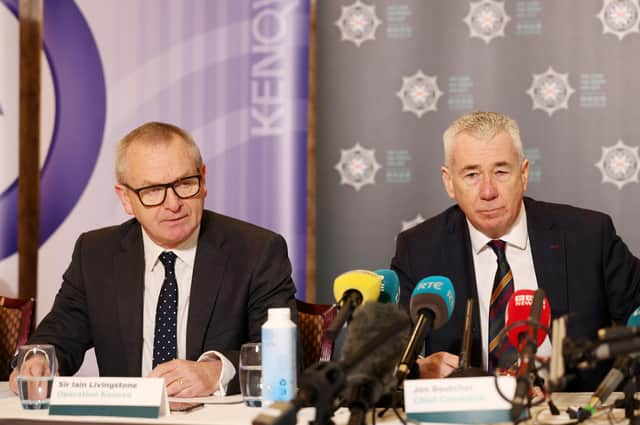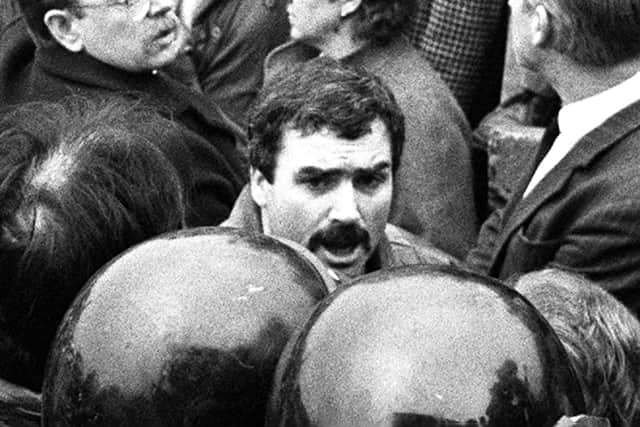Operation Kenova: 'false claims and conspiracy theories' behind much of the Stakeknife controversy


In a comprehensive report published on Friday (8 March), the Operation Kenova team is scathing in its criticism of both the security forces and the Provisional IRA, but dismisses many of the allegations made against the police and intelligence services as based on “false claims and conspiracy theories”.
The report concludes that much of the commentary around the agent known as Stakeknife is “wild and inaccurate conjecture, speculation and nonsense”.
Advertisement
Hide AdAdvertisement
Hide AdIt also addresses some of the most serious allegations, confirming that Stakeknife’s handlers “did not” direct loyalist paramilitaries “away from Stakeknife towards other more valuable targets in order to protect him”.
It also highlights the “enormous challenges” faced by the security forces and “acknowledges they overwhelmingly sought to act in the public interest,” as well as recognising their “immense sacrifice and the losses they suffered” in the line of duty.
The report states that although there were instances during the Troubles where serious crime “went unsolved and unpunished,” these were "less frequent,” than those where lives were saved.
However, the report points to a number of failings, on the part of agent handlers, their superiors and the overall governance of human intelligence sources.
Advertisement
Hide AdAdvertisement
Hide AdAnd, referring to Stakeknife in particular, states that more lives were probably lost than saved.


The interim findings examined 101 murders and abductions linked to the Provisional IRA’s so-called ‘nutting squad,’ which was responsible for the interrogation, torture, and oftern murder, of people suspected of passing information to the security forces.
Stakeknife is widely reported to have been west Belfast man Freddie Scappaticci, who died last year aged 77. He repeatedly denied that he was Stakeknife.
Last week the Public Prosecution Service in Northern Ireland announced that no prosecutions would be pursued after consideration of the last batch of files from the investigation.
Advertisement
Hide AdAdvertisement
Hide AdSome 32 people, including former police, former military personnel and people linked with the IRA, were considered for prosecution on a range of charges from murder and abduction to misconduct in public office and perjury.
However, the PPS found there was insufficient evidence to pursue cases.
The Kenova report stops short of confirming Scappaticci as Stakeknife, saying it is adhering to the government NCND (neither confirm nor deny) protocol which prevents agents – either alive or dead – being identified.
This is a protocol the report’s main author, Jon Boutcher, believes should be set aside in this case, and he hopes this will happen before the publication of his final report.
Despite its adherence to the NCND protocol, the Kenova team said it had passed “strong evidence of very serious criminality” by Scappaticci to prosecutors in Northern Ireland prior to his death.